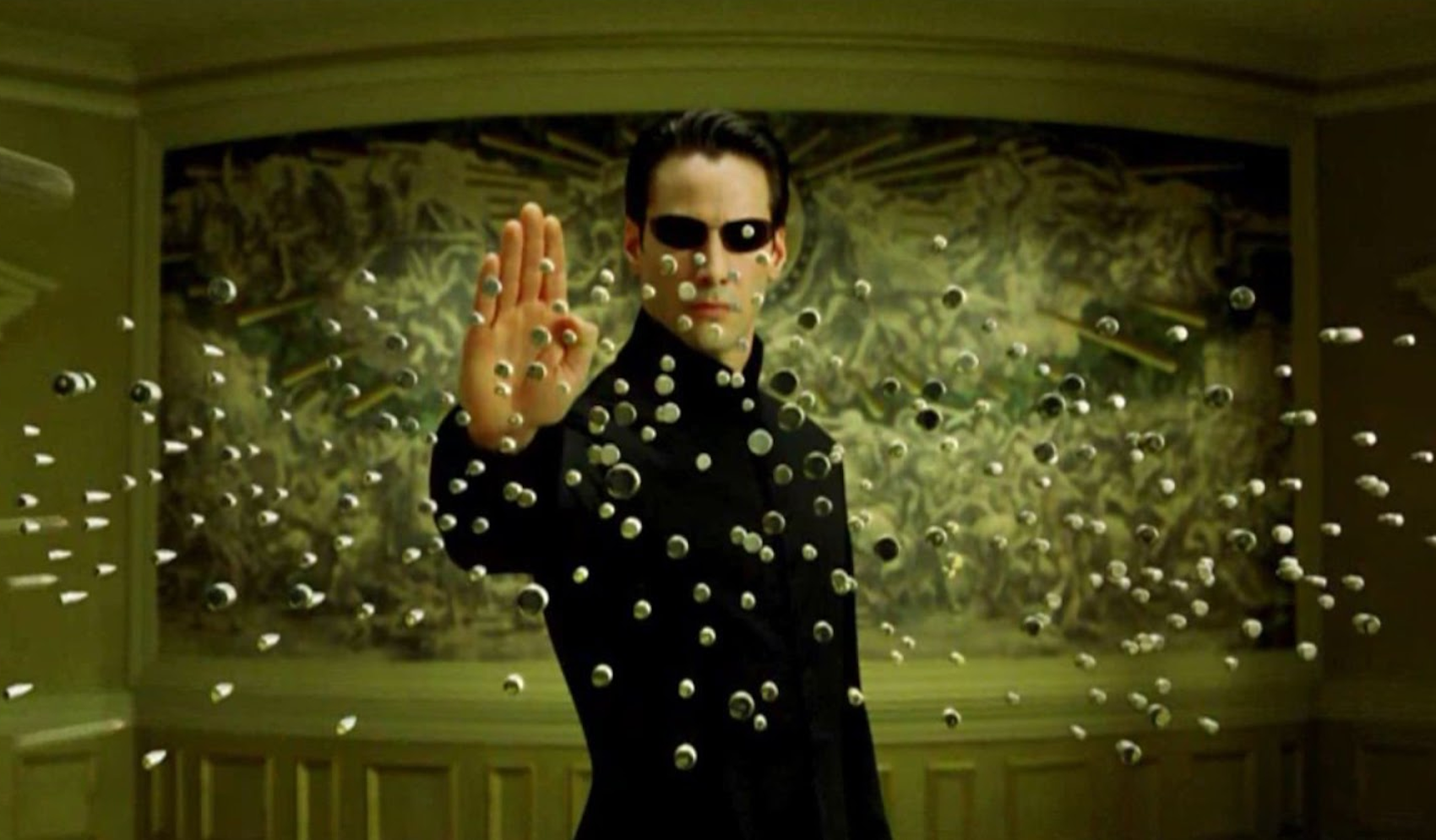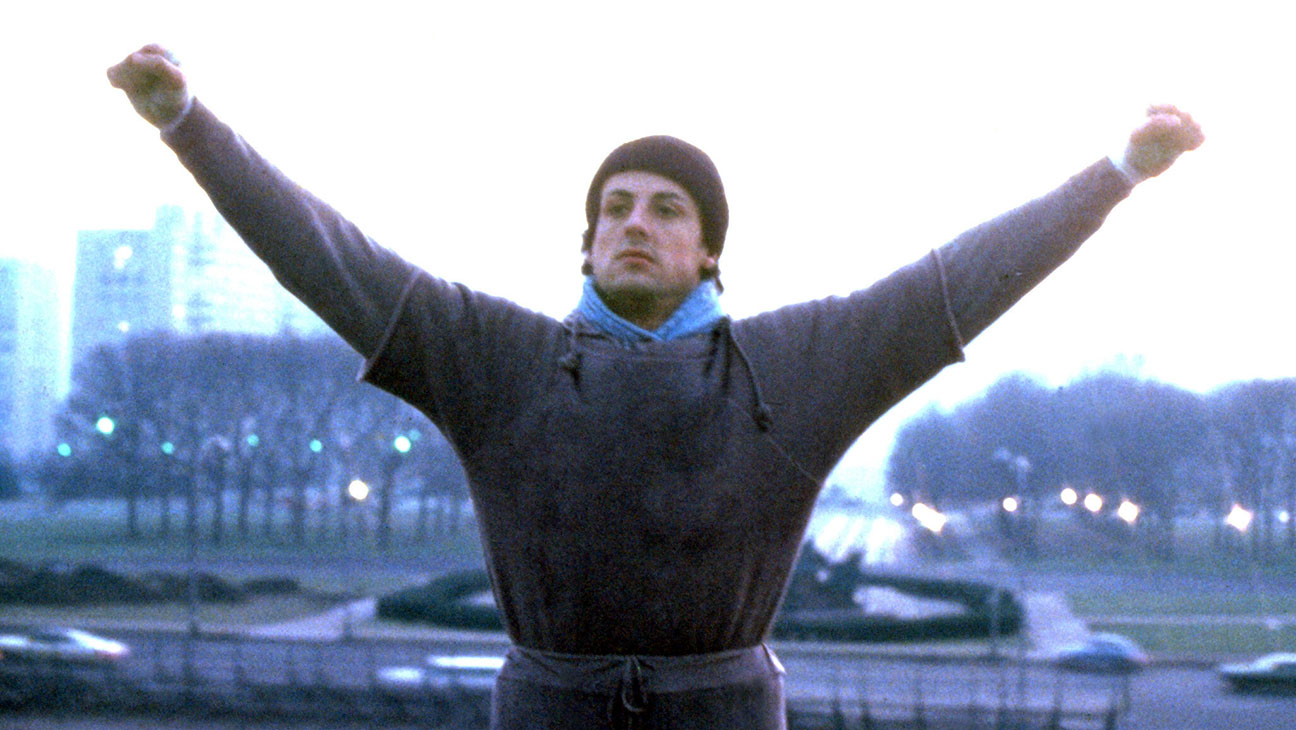When ‘The Matrix’ premiered in 1999, audiences and critics were swept into a cinematic experience that redefined action filmmaking. Directed by Lana and Lilly Wachowski, ‘The Matrix’ did not merely entertain; it transformed visual storytelling, technical standards, and philosophical depth within the action genre. Examining its influence reveals how a singular project catalyzed a paradigm shift, inspiring filmmakers worldwide, reshaping audience expectations, and engraining itself as a staple reference for subsequent generations.
A New Language of Visual Effects
At the core of ‘The Matrix‘ revolution was its pioneering method for visual effects, specifically the innovation known as bullet time. This method created the illusion of a scene where events unfold in an otherworldly slow motion, while the camera appears to orbit the subject at a regular pace. Accomplished by merging high-speed filming, cameras controlled by motion, and advanced digital compositing, bullet time offered viewers viewpoints that were previously inconceivable. The memorable moment where Neo, portrayed by Keanu Reeves, evades incoming bullets with a graceful curve, became a landmark in cinema. Directors throughout Hollywood and elsewhere quickly aimed to replicate and modify this effect, from ‘Charlie’s Angels’ to video games such as ‘Max Payne,’ thereby embedding the technology and its visual style into public awareness.
Choreographic Innovation and Martial Arts Fusion
Before ‘The Matrix,’ action choreography in Hollywood typically emphasized raw power or direct gunfights. Nevertheless, the Wachowskis enlisted the renowned Hong Kong fight choreographer Yuen Woo-ping to instruct the actors in wire-fu and various martial arts methods. This blend of Eastern and Western styles resulted in graceful, anti-gravity combat sequences previously unseen in Western action movies. The characters engaged in battles with a level of accuracy and grace reminiscent of wuxia films, yet these scenes were integrated into a cyberpunk, American storytelling framework. This partnership sparked a movement: Western film productions increasingly sought out Asian choreographers and their methods, evident in series such as ‘Kill Bill,’ ‘Crouching Tiger, Hidden Dragon,’ and ‘John Wick,’ elevating the genre beyond mere physical altercations to intricately designed ballets of aggression.
Philosophy and Mythology: An Intellectual Aspect
‘The Matrix’ distinguished itself not only through its visual spectacle but also by blending action with profound philosophical and existential inquiries. The storyline prompted viewers to ponder concepts of reality, individual autonomy, and selfhood, drawing influence from philosophers such as Jean Baudrillard and themes from mythology and religious traditions. The widely referenced red pill/blue pill choice serves as a concise representation of the movie’s deep existential implications. By integrating complex metaphysical ideas into its intense action scenes, ‘The Matrix’ motivated other directors to incorporate intellectual depth and thematic richness into genre films, thereby setting a precedent for more ambitious narratives in movies like ‘Inception’ and ‘Blade Runner 2049.’
Technological Integration and World-Building
A significant innovation was the movie’s flawless incorporation of digital technology into both its storyline and visual presentation. ‘The Matrix’ portrayed a reality where the lines between human existence and digital creations were blurred, foreshadowing discussions about virtual reality and simulation concepts. Visual elements like the flowing green code and severe minimalist architecture grew to be not just iconic, but also indicative of the film’s core ideas concerning awareness and dominance. Thus, the action sequences were not just for show, but intrinsically linked to the movie’s universe creation and emotional impact. Numerous later movies and shows, ranging from ‘Minority Report’ to ‘Westworld,’ have embraced this approach, blending technology and action to enrich their narratives.
Sound, Editing, and Aesthetic Cohesion
The influence of ‘The Matrix’ also encompasses its sound environment and editing approach. The movie’s audio design, distinguished by high-pass filtered gunshots, digitally altered punches, and the creative application of quiet, heightened both suspense and authenticity. The musical composition by Don Davis blended electronic sounds with orchestral grandeur, representing a shift from conventional action film scores. The employment of quick-cut editing—skillfully arranging spatial relationships even in intricate sequences—established a benchmark for lucidity amid disorder. This careful construction guaranteed that the visual display did not obscure understanding of the story, a problem common in numerous previous action scenes.
Empowering Narrative Diversity and Inclusive Casting
A further aspect of ‘The Matrix’s’ enduring impact is its forward-thinking stance on character identity. Although not explicitly stated initially, later examinations and discussions have emphasized motifs of metamorphosis, selection, and defiance that connect with underrepresented identities, such as trans stories—mirroring the personal journeys of the Wachowskis. The movie’s varied cast, notably Laurence Fishburne portraying Morpheus, pioneered more comprehensive portrayal in genre movies, expanding the emotional and audience appeal of action pictures.
Box Office Legacy and Industry Impact
The success of ‘The Matrix’ was not merely artistic but also commercial. Grossing over $460 million worldwide against a $63 million budget, it demonstrated a robust appetite for innovative action features. Immediate industry response included a surge in high-concept, effects-driven blockbusters, an increased investment in digital post-production, and a new willingness to support auteur-driven projects with ambitious philosophical underpinnings. Major studios accelerated research and adoption of green screen technology, motion capture, and digital compositing, rapidly evolving the toolkit available for the genre.
Lasting Impact and Societal Significance
Twenty years following its debut, the influence of ‘The Matrix’ is clearly evident in modern action films. Expressions such as “I know kung fu” and “the Matrix” itself have become common terms to describe profound, transformative experiences. This movie sparked extensive academic studies, fan interpretations, and numerous artistic tributes, ensuring its enduring cultural relevance across various platforms and age groups.
Year after year, ‘The Matrix’ continues to serve as a blueprint and a benchmark for action films. Its legacy is evident in how creators now approach choreography, thematic depth, technological integration, and narrative inclusivity. It challenged conventions, broadened horizons for what action films could communicate, and left an indelible imprint on both the craft and philosophy of cinematic storytelling.




